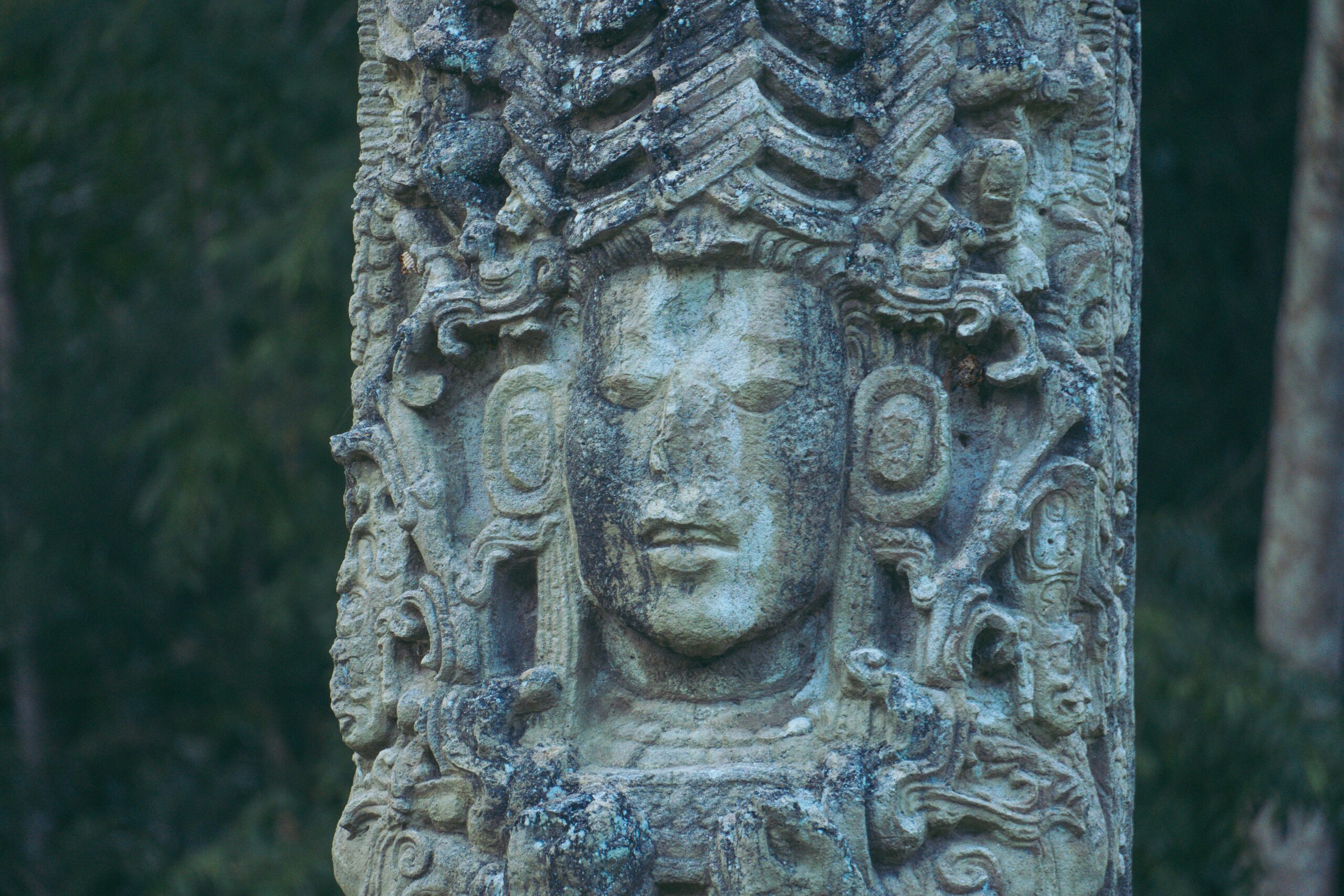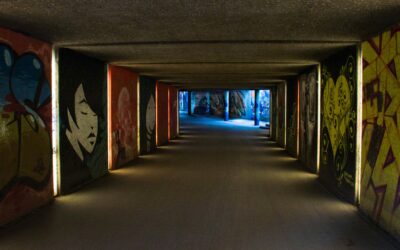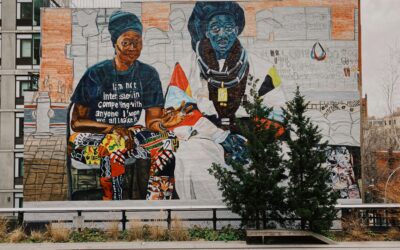Introduction
Before the arrival of European colonizers, Latin America was home to sophisticated civilizations with rich artistic traditions. From the towering Olmec heads to the intricate Inca stonework, sculpture in pre-Columbian cultures served not only aesthetic purposes, but deeply spiritual and political ones. These works were sacred—used to channel divine forces, honor deities, and align communities with cosmic order.
This article explores the symbolic language of pre-Columbian sculpture, revealing how stone and clay carried messages of life, death, fertility, power, and time.
Sculpting the Sacred Cosmos
For cultures like the Maya, Aztec, and Inca, sculpture was a way to structure the world. The act of carving stone mirrored the divine act of shaping the universe. These cultures believed in cyclical time and multiple layers of reality—concepts that were carved into statues, stelae, and temple walls.
A figure might stand with arms extended to the sky and earth, symbolizing the axis mundi—the world tree that connected heaven, earth, and the underworld. Celestial patterns, serpents, jaguars, and sun motifs were not decorative but cosmic metaphors.
Deities and Dualities
Pre-Columbian sculptures often depict gods and mythical beings, but always with symbolic distortion. A god might have multiple faces to signify omnipresence, or hybrid animal traits to embody natural forces. These visual metaphors made spiritual concepts tangible.
Duality is a common theme: life and death, light and dark, fertility and decay. The Aztec god Coatlicue, for example, wears a skirt of serpents and a necklace of hands and hearts—representing death and rebirth as one eternal cycle.
Ritual and Power
Sculpture was central to ritual performance. Statues weren’t passive—they were activated through ceremony, incense, offerings, and blood sacrifice. Many were placed in temples, plazas, or tombs to maintain balance between worlds.
In the Inca empire, sacred stones called huacas were often left in their natural form or only subtly shaped. Their spiritual power was believed to already exist in the stone itself—artists simply revealed it.
Material and Message
Materials were not chosen for convenience, but for their symbolic qualities:
Jade: prized by the Maya for its green hue, symbolizing life, water, and maize
Obsidian: used for blades and sculpture alike, associated with darkness, reflection, and spiritual power
Basalt and volcanic rock: often chosen for durability and elemental energy
The process of carving was ritualistic, and the result was not merely an object but a spiritual presence to be honored or feared.
Legacy in Contemporary Latin American Art
Today, many Latin American artists draw from pre-Columbian symbolism in their work. Through sculpture, murals, and installations, they reconnect with indigenous roots and confront colonial erasure.
The symbols may now carry new meanings—resistance, identity, memory—but the tradition remains alive. Stone continues to speak.
Conclusion
Pre-Columbian sculpture is a language of the sacred—a way of seeing and shaping the world through myth, ritual, and symbol. Whether carved in jade or volcanic stone, these works of art are more than relics. They are messages from a worldview where every surface is alive with meaning, and where sculpture becomes a bridge between humanity and the divine.




